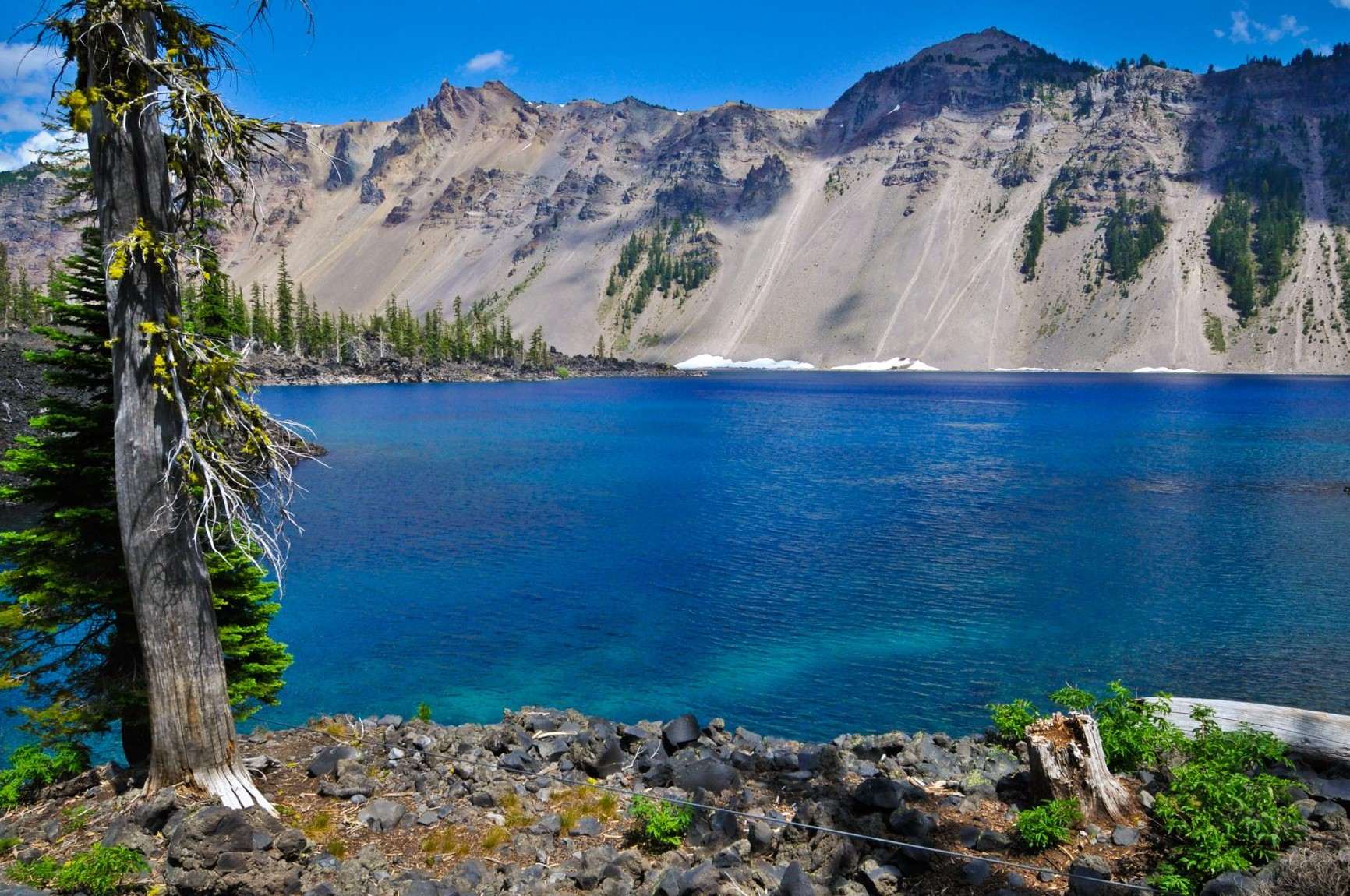Hidden Fishing Weirs Of The Pacific Northwest

Have you ever wondered about the hidden fishing weirs of the Pacific Northwest? These ancient structures, used by Indigenous peoples for centuries, offer a glimpse into a rich cultural history. Found in rivers and streams, these weirs were ingeniously designed to catch fish in large numbers. Imagine walking along a serene riverbank and stumbling upon one of these historical marvels. It's like stepping back in time! The Pacific Northwest, with its lush landscapes and abundant waterways, provides the perfect backdrop for these fascinating relics. Whether you're a history buff or just love nature, exploring these hidden gems can be a rewarding experience.
Hidden Fishing Weirs of the Pacific Northwest
The Pacific Northwest is a treasure trove of natural beauty and historical wonders. Among its many secrets are ancient fishing weirs, structures used by Indigenous peoples to catch fish. These weirs are not only fascinating from a historical perspective but also offer a unique glimpse into the ingenuity of early inhabitants. Let's uncover some of these hidden gems.
1. Namu Fishing Weir
Located in British Columbia, the Namu Fishing Weir is one of the oldest known fishing sites in North America. This site, dating back over 9,000 years, showcases the advanced fishing techniques of the early inhabitants. The weir's remnants provide a window into the past, revealing how communities thrived using sustainable fishing methods.
2. Ozette Village Weir
Nestled on the Olympic Peninsula in Washington State, the Ozette Village Weir is part of the Makah Tribe's rich heritage. The weir, discovered during archaeological excavations, highlights the tribe's sophisticated fish-catching strategies. Visitors can explore the nearby Ozette Archaeological Site to learn more about the Makah's way of life.
3. K’ómoks Estuary Weir
The K’ómoks Estuary in British Columbia is home to a series of ancient fish traps used by the K’ómoks First Nation. These weirs, constructed from wooden stakes and stones, demonstrate the community's deep understanding of tidal patterns and fish behavior. The estuary itself is a beautiful spot for birdwatching and nature walks.
4. Willamette Falls Fish Weir
Oregon's Willamette Falls is not only a stunning natural landmark but also a historical fishing site. The falls were used by Native American tribes, including the Clackamas and Chinook, who built weirs to catch salmon. Today, visitors can view the falls and imagine the bustling fishing activities that once took place there.
5. Fraser River Weir
The Fraser River in British Columbia is famous for its salmon runs, and ancient weirs along its banks played a crucial role in the fishing practices of Indigenous peoples. These weirs, often made from stone and wood, were strategically placed to maximize fish capture. The river remains a vital fishing ground, continuing the legacy of sustainable fishing.
6. Quileute River Weir
The Quileute River in Washington State is another site where ancient fishing weirs have been discovered. The Quileute Tribe used these structures to catch salmon and other fish, ensuring a steady food supply. The river's scenic beauty and rich history make it a must-visit for those interested in Indigenous culture.
7. Skeena River Weir
British Columbia's Skeena River is renowned for its salmon, and the ancient weirs found here are a testament to the fishing prowess of the region's Indigenous peoples. These weirs, some of which are still visible today, highlight the sustainable practices that allowed communities to thrive for generations.
8. Columbia River Weir
The Columbia River, flowing through Oregon and Washington, has long been a vital fishing ground. Indigenous tribes, including the Yakama and Umatilla, built weirs to catch the abundant salmon. The river's weirs are a reminder of the deep connection between the land, water, and people.
9. Bella Coola River Weir
The Bella Coola River in British Columbia is another site where ancient fishing weirs have been uncovered. The Nuxalk Nation used these weirs to catch fish, demonstrating their resourcefulness and knowledge of the river's ecosystem. The Bella Coola Valley's stunning landscapes add to the allure of this historical site.
10. Nisqually River Weir
Washington's Nisqually River is home to ancient weirs used by the Nisqually Tribe. These structures, built from wood and stone, were designed to catch salmon during their spawning runs. The river's serene beauty and historical significance make it a fascinating destination for history enthusiasts.
Discovering the Hidden Fishing Weirs
Exploring the hidden fishing weirs of the Pacific Northwest reveals a rich history and deep connection between indigenous cultures and their environment. These ancient structures, often overlooked, showcase the ingenuity and sustainable practices of the region's first inhabitants. Visiting these sites offers a unique glimpse into the past, highlighting the importance of preserving such cultural treasures.
Whether you're a history buff, nature lover, or just curious, the fishing weirs provide a fascinating experience. They remind us of the resourcefulness and respect for nature that characterized early societies. Next time you find yourself in the Pacific Northwest, take a moment to appreciate these hidden gems. They offer more than just a look into history; they provide valuable lessons on sustainability and community.

